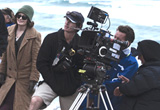
An important part of cinematography is choosing media for projects. The advent of digital formats has continued to expand the options and potential for digital cinematography every year while film, and especially the look of film, continues to be the choice for many productions.
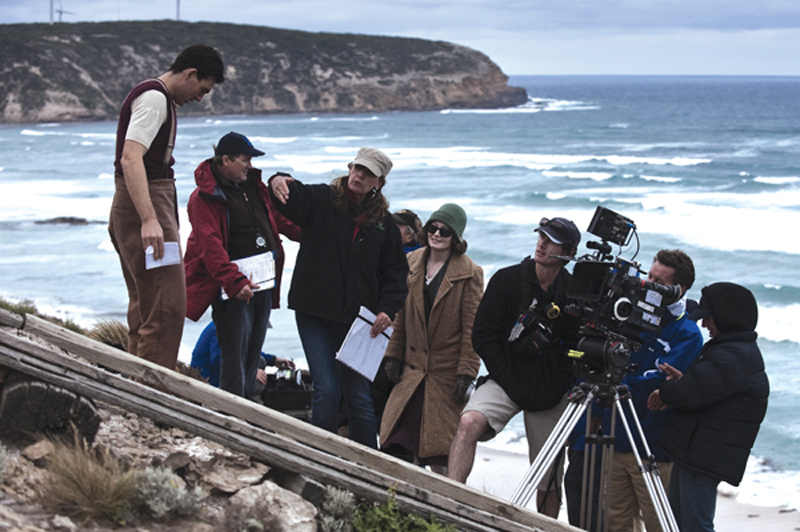 |
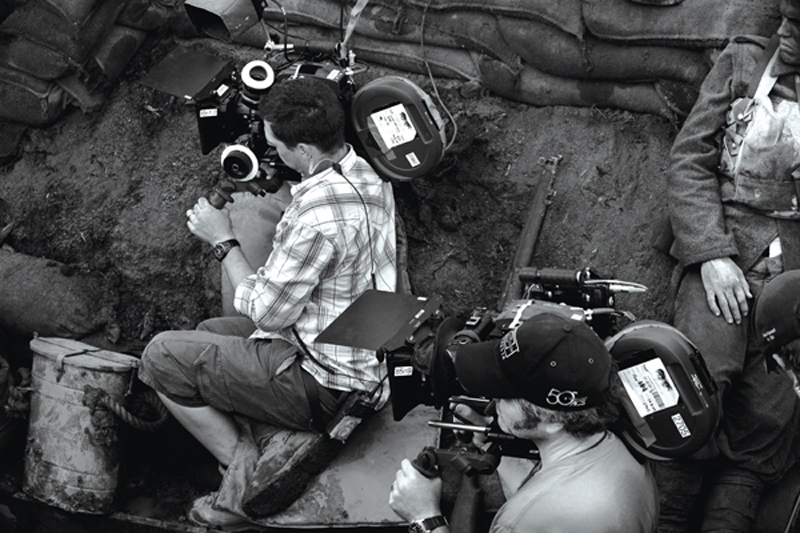 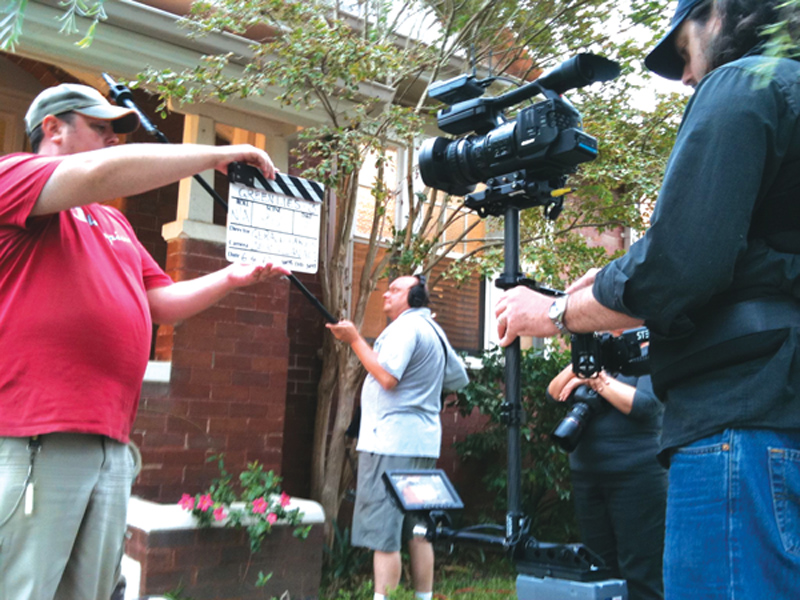 |
|
We spoke to several cinematographers and directors of photography who have interesting and varying ideas, experiences and comments about different media for filmmaking, contrasting the use of digital formats and film. Cinematographer Toby Oliver ACS, pointing out that 35mm ?lm has traditionally been the standard against which emerging video and digital formats have been measured, said, “Film has the organic look - random grain structure in every frame and a chemical reaction to light that digital systems try to emulate. For most of its history, ?lm has been the only choice for photographing movies and high quality dramatic television productions and only recently, in the past year or two, have affordable digital capture systems appeared that rival or even exceed the image quality and ?exibility of ?lm.” Contrasting Media Ben Allan ACS is a DP who has been involved in HD cinematography and digital colour grading for over 10 years, working on TVCs, documentaries, music videos, TV drama series and feature films. Ben actually started work shooting on tape, then progressed to 35mm before returning to digital formats. Because of the nature of the recording media and lower cost, Ben feels that digital shooting lends itself to trial and error, while film tends to make a filmmaker be more decisive about what he shoots. Also, the rushes can’t be seen immediately, which requires further discipline while on set. Ben said he feels the change from film to digital formats could be as important to filmmaking as the change from black and white to colour images. Again, black and white requires more discipline, control and understanding of light and composition. He sometimes feels that going back to working exclusively with film would represent a loss of control. For him, digital image capture has required on-going self education about the whole production process. Shooting Factors Pieter De Vries ACS remarked that lack of depth of field was among the shortcomings of earlier digital cameras, resulting in flat, interlaced video images with uniform focus from foreground to background. “Their small sensors revealed every detail, with no depth of field fall-off, and HD emphasised this look. But the newer models now use progressive scanning and have much larger sensors, with either improved or interchangeable lenses and can produce a more cinematic, interpretive 25p video image. This gives a DP a chance to add drama, tell the story, and hide distractions or even less-than-adequate sets. These improvements are especially useful to short-film makers who don’t have a lot of time to deliver a message.” |
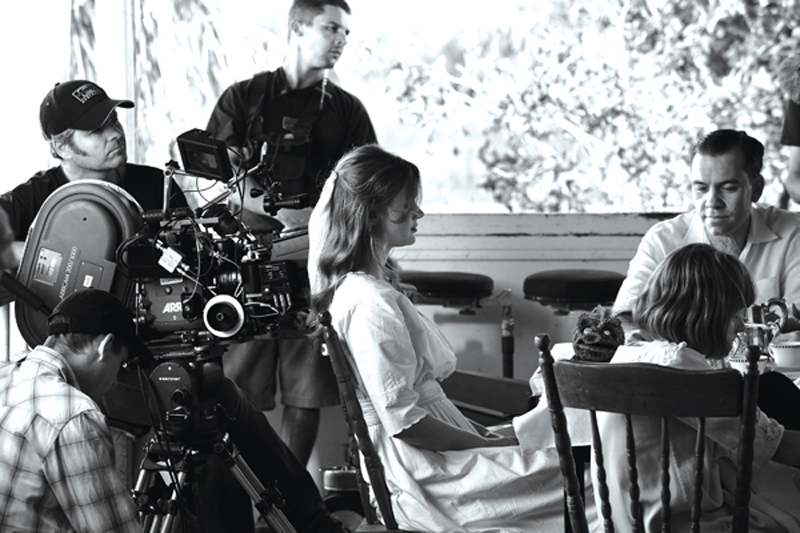 |
|
Interpretive Images “The large sensor’s shallow depth of field isn’t new to film DPs but may be a revelation for a videographer because of the new facility for selective focus. Whether or not it is better or appropriate for a documentary is the decision of the DP, but it using it properly is critical for HD. It can be tricky to focus, and to respond to things rapidly you must be especially alert and well-prepared.” Camera Potential “I see the fact that the DSLRs are interchangeable lens cameras as a further advantage – you have good image quality, inexpensive lens options and versatility. They need a lot of accessories but the cameras themselves are low cost. The depth of field is receiving a lot of attention because, like lighting and composition, controlling it has been a means for cinematographers to add drama and expression to films.” Different matte boxes can be used with DSLRs, companies such as Redrock and Zacuto have been producing equipment especially for them including viewfinders and eyepieces, and Sachtler have new tripods for them. Budgets Anna commented, “Whatever producers are saving on set in camera and film costs they’ll often be spending later on post. Especially on HD shoots, crews may shoot extensive footage, resulting in a quantity of data to work through and transfer costs.” DP Garry Phillips ASC, with substantial experience across both feature films and commercials [see the breakout on ALEXA pXXX], said his experience with digital cameras has been relatively limited up to now. He has shot a project on a RED camera, plus a feature film called ‘Razzle Dazzle’ on the Panasonic VariCam in P2 format. In both cases, these format choices were budget driven. What has surprised Garry about digital models is that they may be released before certain problems have been ironed out. “Users try them out, identify problems and the manufacturer responds with a series of upgrades every few months. In contrast, when film cameras are released their performance is complete, although they do cost more.” On set Anna, who says that she and many directors she works with would like to shoot 35mm, for looks and latitude, if they had the budget, said, “When shooting 35mm for film, or even 16mm for TV, you don’t seem to need as many crew on set or as many lights, though the new RED format and the ALEXA have are listed with a very high native ASA. I haven’t shot on either one yet but I’m keen to see what they can do.” Workflows |
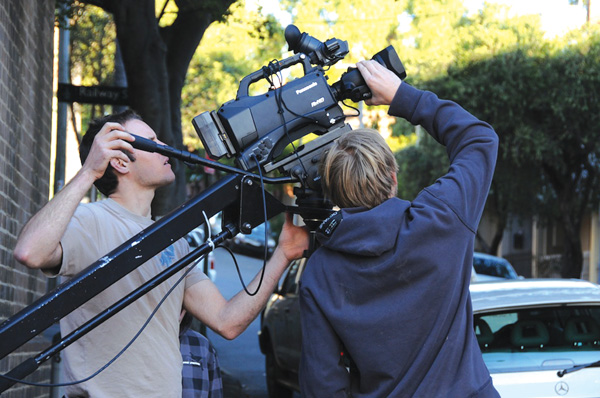 |
|
“Before shooting HD, I do lots of tests first and set up my monitors in pre-production but with film I rely on the viewfinder. On set the HD image on the monitors is very absorbing for the crew, and has in some ways detracted from my job. With film you simply have an SD output from a camera that no one is expecting to look amazing – if they really want to know how a shot will look they can check the viewfinder. With HD people tend to expect the best possible image immediately, although in fact, that image will be raw and perhaps have an LUT applied – in other words, still be different to the finished shot.” Anna is accustomed to working one-to-one with the viewfinder, while the rest of the production trusts her to know what she’s capturing in terms of the finished project. Monitors remove a degree of that control and also take some time to calibrate, adjust and interpret. Saving Time “Getting footage back after shooting film is always a surprise and usually looks better than you expected, while HD video just looks exactly as it did on the monitor. Directors do appreciate having the monitor because it’s much clearer than video splits. In the early days, the director would sit out with the camera and actors, then he changed position to a video screen to watch the splits and now, with the monitors, he can see instantly see pretty much how the movie will look – sometimes more clearly than the operators themselves.” Role of Post Production “You are still controlling the frame and most of the lighting but a great deal can be changed later on. Before DI took hold, you’d shoot and wait till the next day when you’d go to a rushes screening of a print of the day’s shoot with the whole crew so everyone would know how the project was going. After DI, the head crew members would get a DVD of the shoot that wasn’t always useful for assessing the actual focus from your lenses, or colour for the grade. You didn’t have an accurate means of advising the grader.” Colour Grade When creating ‘The Grading Sweet’, a package of colour grading plug-ins for Final Cut Pro now in use around the world, he researched the relationship between cinematography and colour grading. “In-camera processing and grading have similar parameters. The ability to manipulate colour in post is linked to resolution, and colour perception is also related to resolution and contrast. 35mm film has more latitude, which depends on dynamic range and is important for colour. But 4:4:4 (RGB) and 4:2:2 (YUV) sampling only really make a difference for complex visual effects and not in colour perception.” Making Magic On set, the differences between digital and film cinematography and shooting are mainly superficial. “Having monitors on the set of a digital shoot, for example, is great for letting everyone see what is being captured but the director and the producers may have different expectations of what they see,” Ben said. “The DP is the one who can interpret what is on the monitor. Some directors trust a cinematographer to manage the shoot for them, others already know a lot about shooting and get more involved, but the important thing is to communicate.” Exciting Times I really liked the look and the ability to capture images I couldn’t have taken with a normal camera. The 5Ds record 25fps and the 7Ds can shoot 50fps, so we could include some slow motion in the DVD. We were mainly shooting handheld or using shoulder mounts, both owned cameras and some supplied by Canon. I especially rate them for the handheld work. However, it is a little hard to keep things in focus, particularly with very fast lenses while trying to use the screen at the back. You can also use the floating focus. The trial-and-error can actually become a part of the look, pulling focus on certain objects.” Toby said, “I was DP on the movie ’Beneath Hill 60’, which was shot a bit over 12 months ago. We chose to shoot on35mm ?lm for the organic look and the ability to handle to low level candlelight prevalent in the ?lm in a pleasing way. I may or may not make the same decision if I were shooting that movie in a few months time from now, as digital cameras are getting better at giving us similar qualities that ?lm offers. Regarding dynamic range - the latest development of the RED camera system, HDRx, will apparently offer up to18 stops of DR, compared to ?lm’s 14 to 15 stops, and of course it is vital to test before making a decision. “Will this mean the new RED or similar cameras will produce images that tell stories better than ?lm? No, of course not. A camera system doesn’t make a good movie, talented people do. But I don’t doubt we are spoilt for choice when it comes to the tools of ?lmmaking.” |
|
PANAVISION ON LOCATION Project trends Feature Film Film Options Broadcast |
|
ALEXA in Action “This current project is my first experience in which digital was chosen deliberately and so far, in my view, the ALEXA feels the most like shooting on film. What has made digital shoots different for me is watching out for things like the RED overheating or keeping it away from humid conditions. The ALEXA’s construction is a bit more robust with a cooling fan at the back and the electronics separated and sealed so nothing is exposed as the fan runs, whereas the RED was more vulnerable.” The timeframe also precluded a full testing period in pre-production. “A test we did run was between a Photron high-speed camera, a RED One with the Mysterium processor and the ALEXA. We found that using neutral density filters on the HD cameras can produce an infrared shift, giving a magenta cast to the image, but on the ALEXA, this didn’t occur. The ALEXA is made to shoot natively at ISO 800, so out in full sun you need to apply a lot of neutral density to shoot at T4, as you’d want to in those conditions.” The camera has two monitoring-out settings – log-C gives a very flat-looking image capturing all information from the scene, every detail, and the other, REC709, looks more natural, the way a viewer sees images on screen. As the project was just a short time into production, Garry hadn’t had a chance to see the finished ALEXA footage though reports from the editors and other crew are good. |
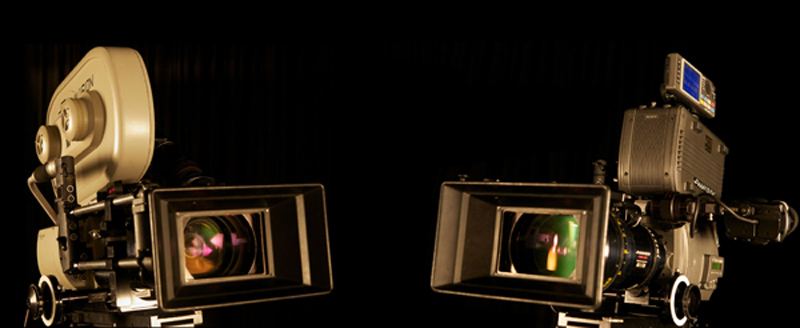 |
| Words: Sean Young Images: Courtesy of Walt Disney Pictures |
| Featured in Digital Media World. Subscribe to the print edition of the magazine and receive the full story with all the images delivered to you.Only$79 per year. PDF version only $29 per yearsubscribe |


















